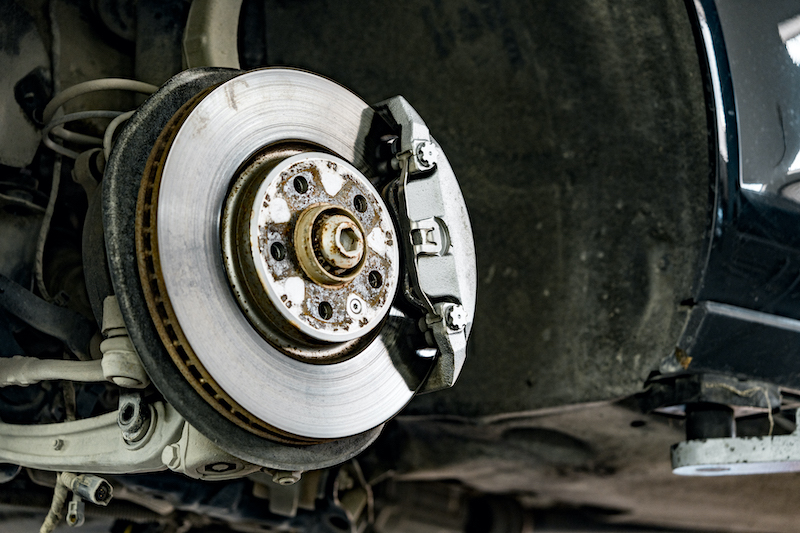Why Do Starter Motors Fail?

The function of some car parts can be pretty obscure. Rack ends and drag links, CV joints and diesel glow plugs. Unless you’re a mechanic, you’d be forgiven for not immediately comprehending their purpose. But your car’s starter motor has its name on the tin. Internal combustion engines simply aren’t self-starters. They need something else to get them going. And that is the role of the starter motor. Your car will not work without one. But they are not infallible. So, why do starter motors fail, and what can you do if it happens your vehicle?
Everything You Need to Know About Starter Motors
How do starter motors work?
Electric starter motors work not only by cranking the engine, but by drawing air into the engine, which allows the fuel to combust. Without air, the fuel can’t ignite, which means that your engine won’t start. So, in essence, the start motor’s role is to keep the engine turning over during ignition, allowing the fuel to make contact with the air.
What are the component of the starter motor?
There are eight main components of the starter motor:
- Armature – An electromagnet, which is mounted on the drive shaft and bearings to provide support.
- Commutator – A section of the shaft at the back of the housing, positioned to enable the brushes to conduct electricity.
- Brushes – The brushes make contact with the contacts of the commutator to conduct electricity.
- Solenoid – Containing two coils of wire wrapped around a moveable core, this works as a switch, closing the electrical connection, and connecting the starter motor to the battery.
- Plunger – The plunger is pushed by the solenoid to engage the pinion.
- Lever Fork – Pushed forward by the plunger, the lever fork activates the pinion.
- Pinion – The pinion engages with the flywheel to initiate combustion.
- Field Coils – Working as an electromagnet, the field coils help to create a magnetic field around the armature.
What can go wrong with a starter motor?
Because starter motors are pretty complex, there are various faults that can occur within them. Most frequently, issues are caused by faults with the electrical connectors. But problems can also arise from electrical damage to the starter motor, problems with the solenoid switch sticking, or damage to the pinion.
What are the symptoms of a faulty starter motor?
Starter motors tend not to simply fail. You will almost always get some warning signs. These can include:
- A loud clicking sound or grinding or buzzing noises when you start the ignition.
- Sporadic engine cranking, where your car may begin to crank but then stop, forcing you to restart the ignition process.
How can you fix a faulty starter motor?
Fixing a faulty starter motor depends very much upon the nature of the problem. If the starter does not turn when the ignition is switched on, for example, you may need to replace your car’s battery, clean or replace the solenoid, or replace the ignition switch. And there are multiple potential issues. In most instances, you will need a qualified mechanic to help you identify the exact nature of the problem. And more often than not, it’s easier – and cheaper, given the cost of labour – to simply replace the entire starter motor.
A car’s starter motor is a complex piece of kit. Thankfully, in most vehicles, the starter motor is designed to last. And unless you are regularly making multiple short trips a day, your starter motor should last approximately 100,000 miles, if not more. But when it does begin to fail, it’s time to take action. Because without a fully functioning starter motor, your car is not going anywhere!
Do you need a new starter motor? Get in touch with Online Automotive for high-quality affordable car parts.





